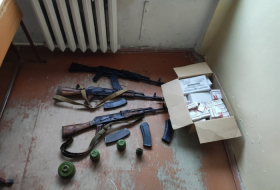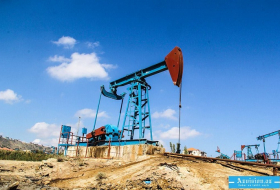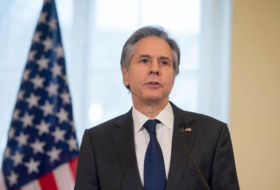sks, social distancing and vaccination. These three words have gained prominence in our vocabulary over the last two years amid the ongoing COVID-19 pandemic.
As new coronavirus cases keep rising in many countries, vaccination seems to be the only way to curb the stubborn pandemic, especially after the delta variant spike. Governments are trying their best to convince the public to get vaccinated as there are still groups of skeptics who refuse to get the shots despite running the risk of dying from the virus.
According to the latest statistics, most people in the ICU have not been vaccinated. Even though COVID-19 vaccines do not fully guarantee you won't catch the virus, they do help prevent you from becoming seriously ill or dying from it.
All the COVID-19 vaccines provide high protection against the virus, causing the immune system to create antibodies. Let’s check what kind of vaccinesare currently available or are being studied in the world and see how they work.
Messenger RNA (mRNA) vaccine
Messenger RNA vaccines, or mRNA vaccines, contain material from the virus that causes COVID-19 and teaches our cells how to make a harmless protein that is unique to the virus. After our cells make copies of the protein, they destroy the genetic material from the vaccine. Our bodies recognize that the protein should not be there and build T lymphocytes (T cells) and B lymphocytes (B cells) that will remember how to fight the virus that causes COVID-19 if we are infected in the future.
The Moderna COVID-19 vaccine and the jab by Pfizer Inc. and its German partner BioNTech SE were developed with mRNA technology. They do not contain the live virus that causes COVID-19 and won't cause you to catch it.
One of the biggest concerns surrounding the Pfizer-BioNTech vaccine and its safety is that it was developed within a year, however, not everyone knows that the company had already been working on the messenger RNA (mRNA) technology for years.
The company has been carrying out research on “pioneering individualized immunotherapies” for cancer medicine using its mRNA technology, which stimulates the body’s own immune response.
Vector vaccines
Vector vaccines are another type of COVID-19 vaccine that contain a modified version of a different virus, meaning not the virus that causes COVID-19. Inside the shell of the modified virus, material from the virus that causes COVID-19 is inserted. This is called a “viral vector.” Once the viral vector is inside our cells, the genetic material gives our cells instructions on how to make a protein that is unique to the virus that causes COVID-19. Using these instructions, our cells make copies of the protein. This prompts our bodies to build T cells and B cells that will remember how to fight the virus if we are to be infected in the future.
The AstraZeneca vaccine was developed with this technology.

Protein subunit vaccines
Protein subunit vaccines include harmless pieces (proteins) of the virus that causes COVID-19 instead of the entire germ. Once vaccinated, our bodies recognize that the protein should not be there and will build T cells and antibodies that will remember how to fight the virus that causes COVID-19 if we are infected in the future. According to World Health Organization (WHO), most of the vaccines children are encouraged to receive are subunit vaccines, protecting them from diseases like whooping cough, tetanus, diphtheria and meningococcal meningitis.
American biotechnology company Novavax’ COVID-19 vaccine is a protein subunit vaccine.
Inactivated vaccine
Inactive vaccines, like Sinovac developed in China and Sputnik developed in Russia, consist of virus particles, bacteria or other pathogens that have been grown in a culture and then killed to destroy their ability to produce diseases.
When injected into the human body the vaccine triggers a strong immune reaction, however, not as strong when compared to other types of vaccines. Because of that, a few shots will be needed to ensure full protection.
More about: #vaccination #COVID-19
















































